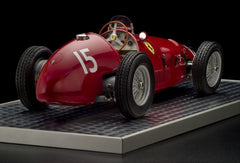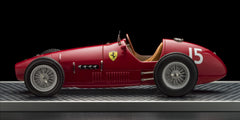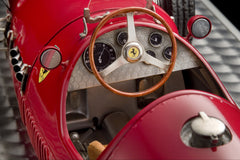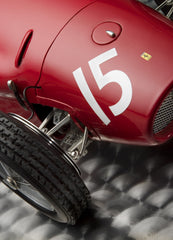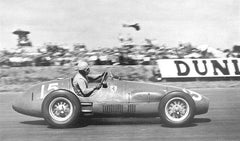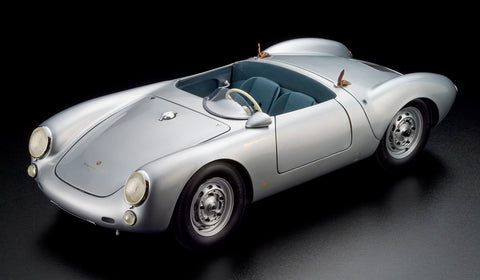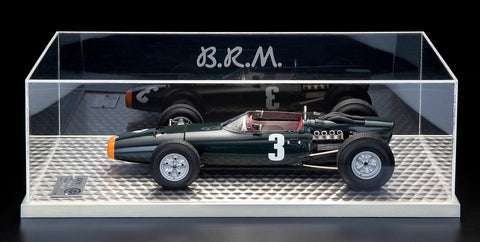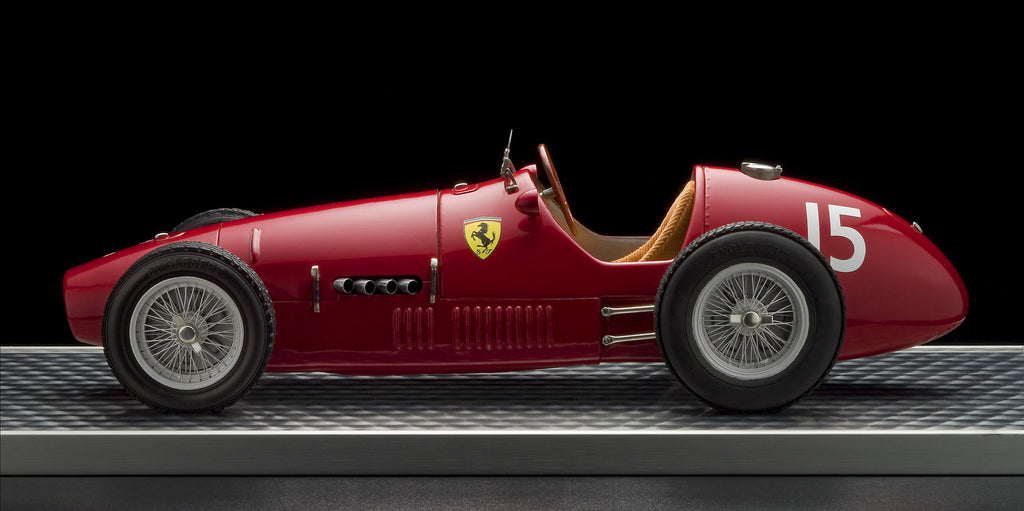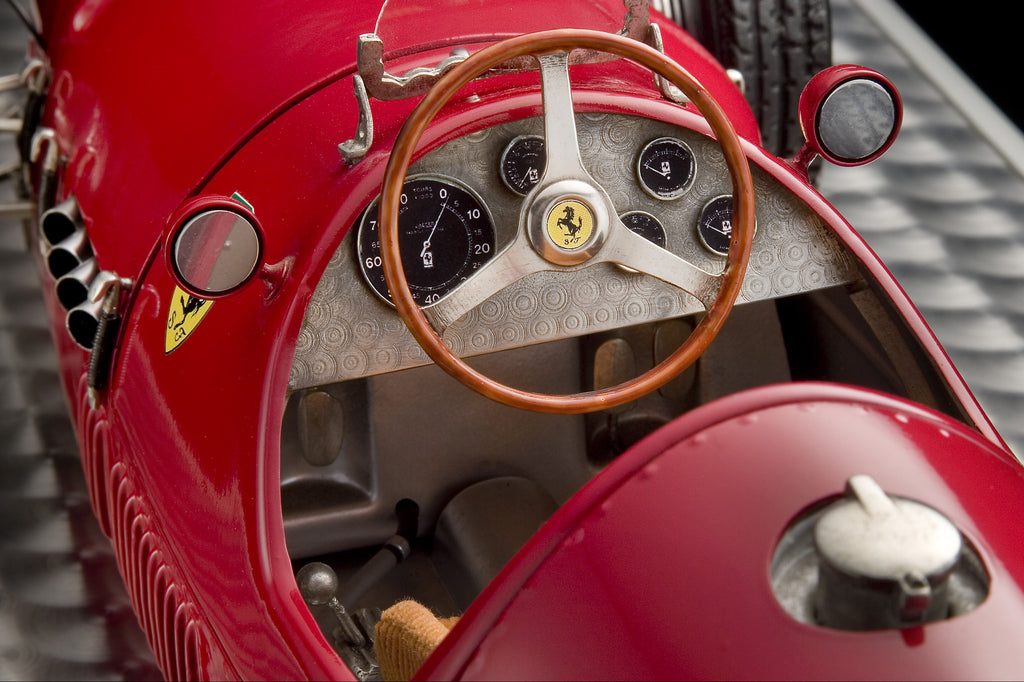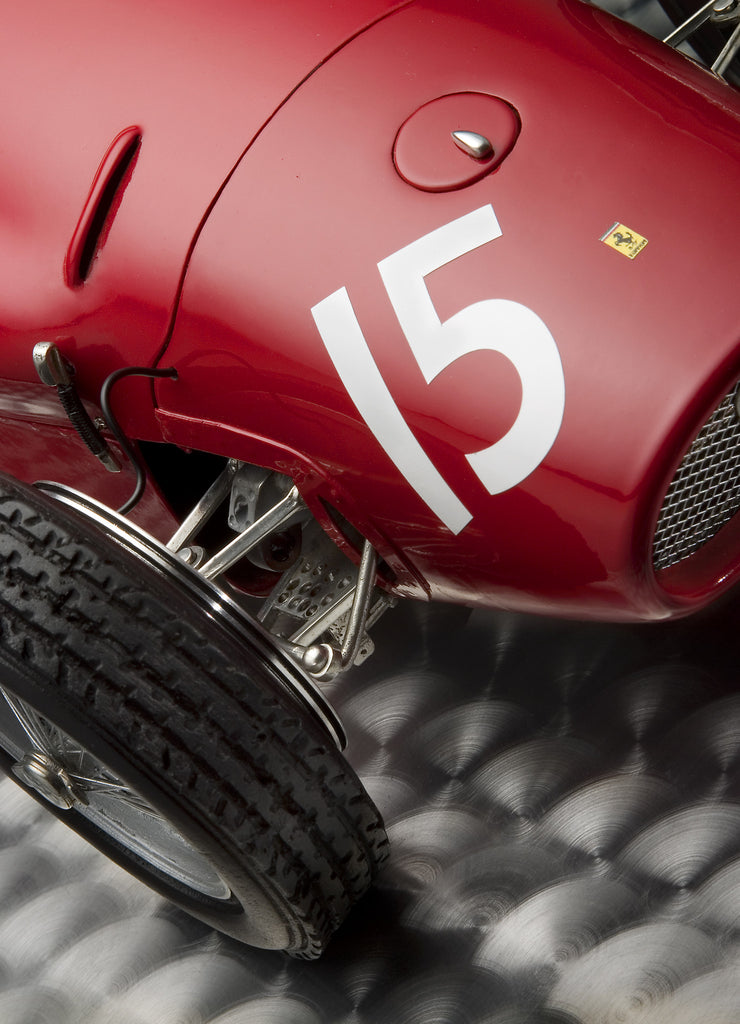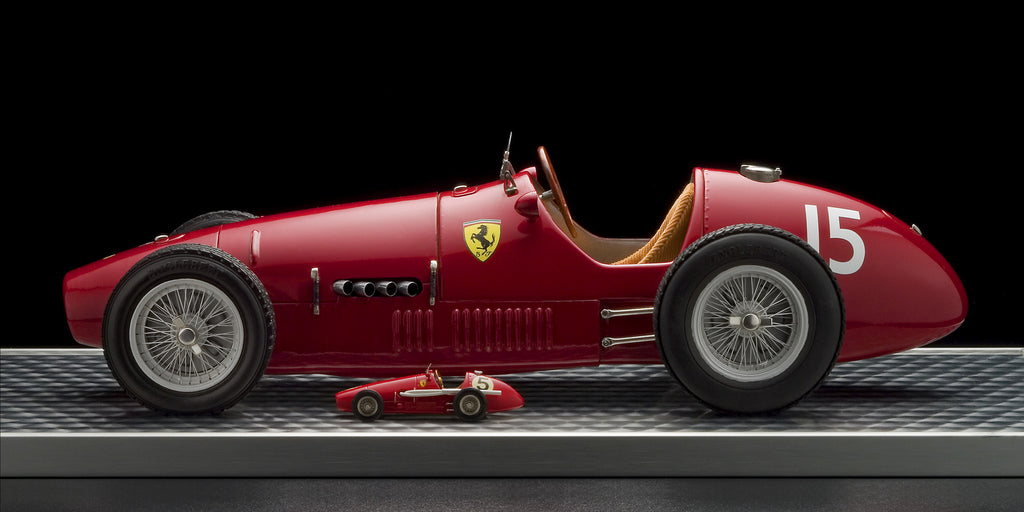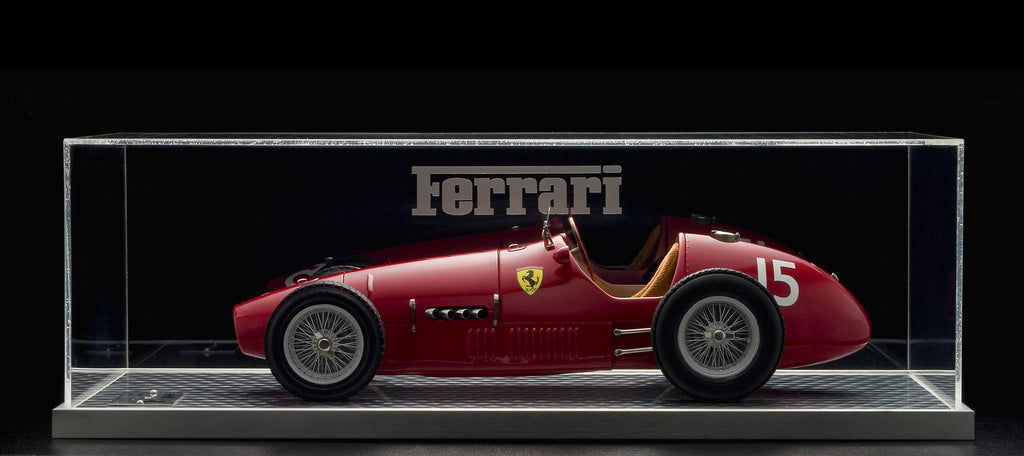Ferrari 500 Formula 2 1952 Monoposto Collection 1:8 Scale RARE!
$0.25
When Ferrari finally bested its arch-rival Alfa Romeo in Grand Prix racing in 1951, the FIA (F1 sanctioning body) was faced with a dilemma; how to level the playing field so that the 1952 season would not be utterly dominated by the mighty Ferrari 375 F1's. In a rather radical move, the FIA instituted a rules change that switched to those of the less expensive Formula 2 specifications. F2 had been very popular with competitors since 1948, but once again, Ferrari already had a leg up. Their 166 F2 machine had won 13 of 17 races the year before, so the groundwork was already laid for success.
Aurelio Lampredi, Ferrari's engine designer responsible for the 375 F1, quickly drew up plans for a two litre inline four cylinder motor to power the new racer. Using experience gained from F1 competition, a new chassis was designed, and the combination proved to be nearly unbeatable. With legendary driver Alberto Ascari behind the wheel, Ferrari took 7 of 8 races in 1952 to deliver Ferrari its first World Championship. The following year, Ascari and the little 500 F2 won 7 of 9 races achieving another World Championship. As icing on the cake, Ascari won an incredible 9 consecutive Grand Prix victories, a figure that was not bested until 1988.
Our 1:8 scale Ferrari 500 Formula 2 is beautiful in detail, and impressive in size. It depicts the car in which Alberto Ascari won the British Grand Prix at Silverstone in 1952. It is constructed from molded styrene, which in this scale lends a realistic thickness to the body panels. The DeDion rear and dual wishbone front suspension is executed in metal, which is both cast and machined. The hand-laced wire wheels are spectacular, and are backed by eye-catching, turned aluminum hydraulic brake drums, actuated by flexible black rubber hoses. The 500 F2's distinct dual trailing arms are secured to the body with tiny bolts, adding yet another bit of realism. The cockpit is very well executed, and features a racing seat covered with real corduroy, three spoke wheel adorned with the Ferrari prancing horse, detailed black-faced instruments, a full pedal set, and gated four speed shift lever. The fuel feed line from the rear tank to the engine snakes its way around the cockpit floor. Another lovely touch is the dashboard's engine-turned finish. Other features include oil and coolant filler doors, cockpit vent flap, and a very realistic fuel filler sitting atop the riveted tank below.
Later in its racing life, the 500 F2 sported a long, single exhaust pipe which terminated just beyond the rear wheel, but our 1952 version retains its original quadruple stub pipes just forward of the cockpit. Looking at one of the side-view photographs, you'll notice we included a 1:43 scale 500 F2 for size comparison. What becomes obvious is just how much visual punch this large scale Ferrari really has. It could easily become the standout piece in any collection. #21 in a worldwide edition of 100.
The model measures 18" in length, while its base and perspex cover measure 24 x 12 x 8".


